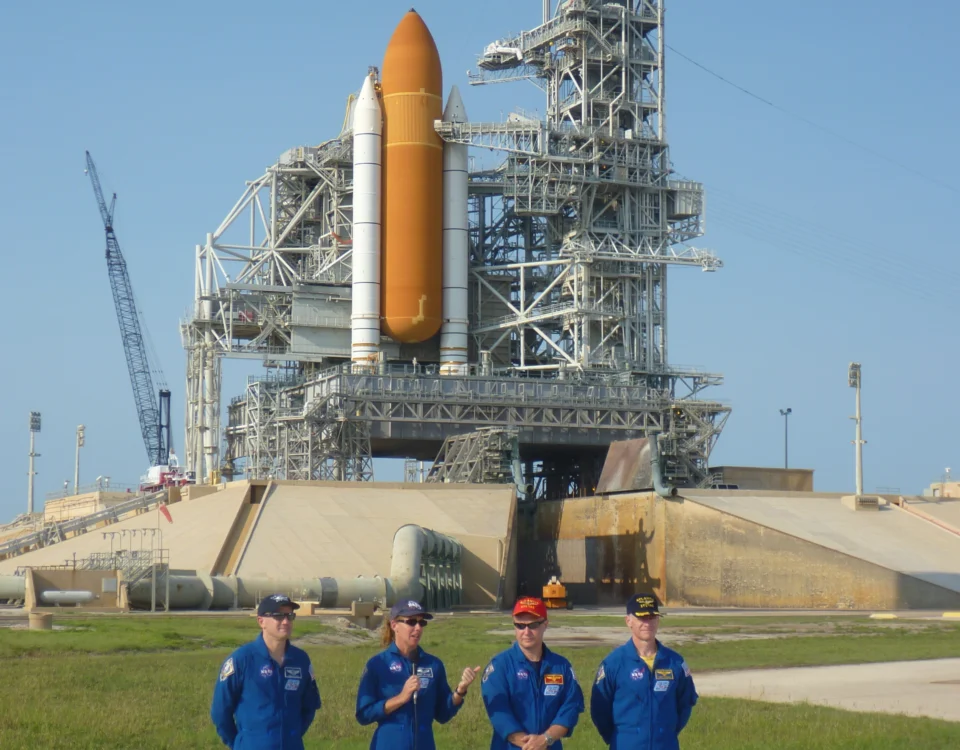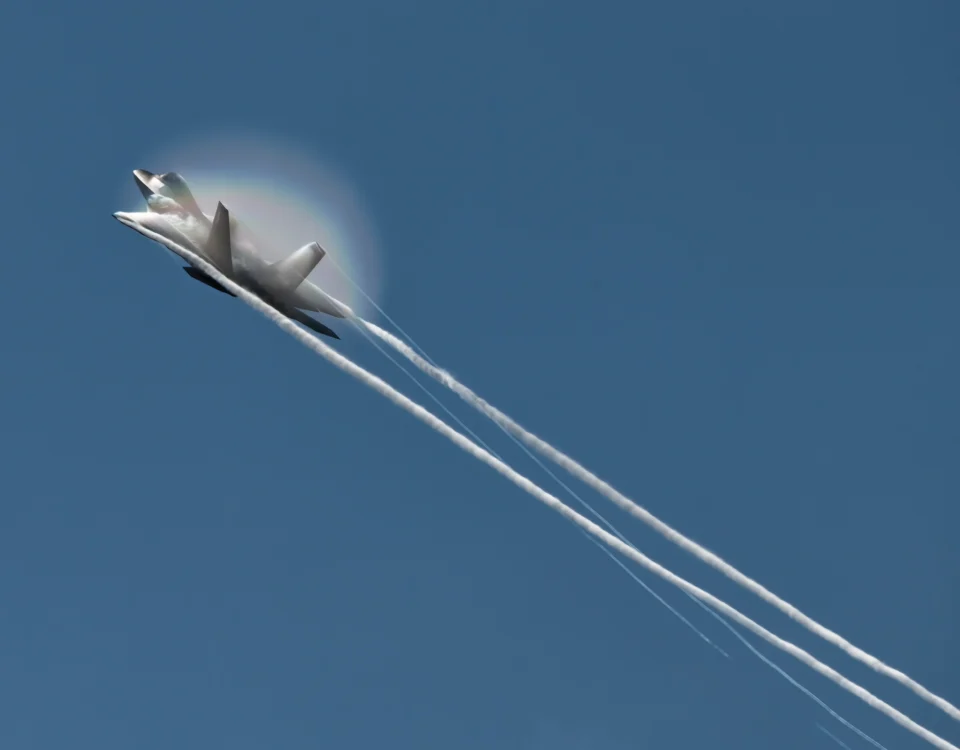Originally published: August 2017
 |
| Voyager 2 begins its first mile of billions to follow, August 20, 1977. |
At
a time when American society seems to be seriously fractured, it
can’t hurt to look back at a period of time when there was far
greater national unity – and a greater thirst for knowledge.
On
August 20 – this Sunday – NASA and the scientific community will
be celebrating the launch of Voyager 2, the research vehicle that has
now left our solar system and has covered over 11 billion miles.
Voyager 1 launched three weeks after Voyager 2, but due to its
trajectory it has wracked up an astonishing 13 billion miles.
Five
years ago, on August 25, 2012, Voyager 1 became the first human-built
vehicle to enter a region previously thought to be unreachable:
interstellar space. Voyager 2 is also now nearing the boundary of
interstellar space. Amazingly, 40 years later the instruments on both
of these explorers continue to function.
 |
| Voyager 1 looks toward home in this artist depiction showing planetary orbits. |
The
written word fails when it comes to the achievements of these
spacecraft, so take some time to absorb their greatness on Wednesday,
August 23 when PBS broadcasts a special program titled, “The
Farthest – Voyager in Space,” airing at 9 p.m. EDT.
Of
course, expect to learn about the creation of the famous “Golden
Records” – albums intended to charm alien ears with music ranging
from Mozart to Chuck Berry, should interstellar travelers come upon a
Voyager.
So
much focus is being showered upon Monday’s total eclipse, which truly
is a monumental event. But this PBS tribute to Voyager will celebrate
our ability to take active steps to find new discoveries, rather than
sitting back and simply observing natural phenomenon.
Let’s
all hope that soon our nation will regain some sanity and return to
using science in the realization of achievements driven by curiosity
– the urgent sense of purpose we once had.
Related posts
March 23, 2025
February 12, 2025





